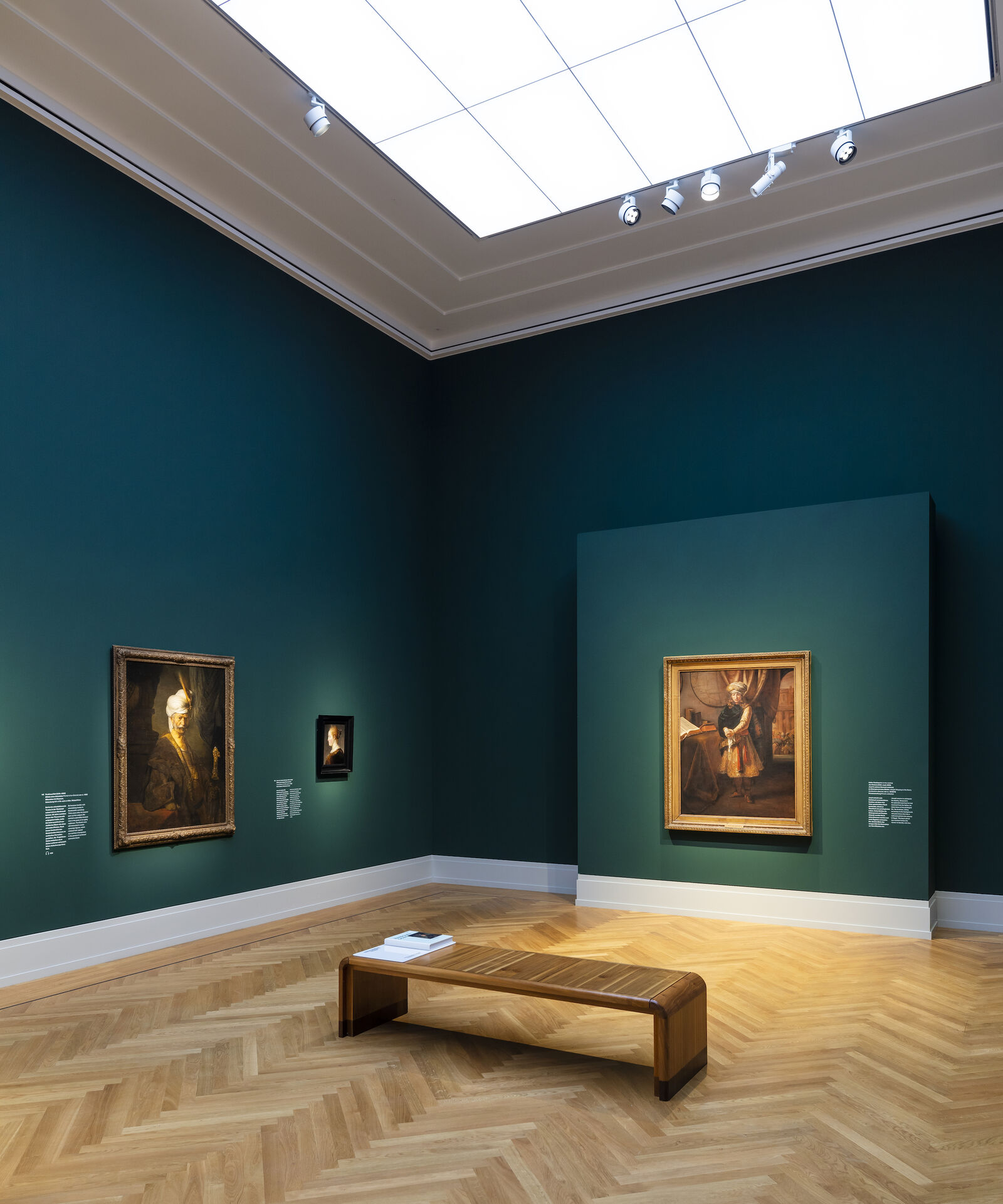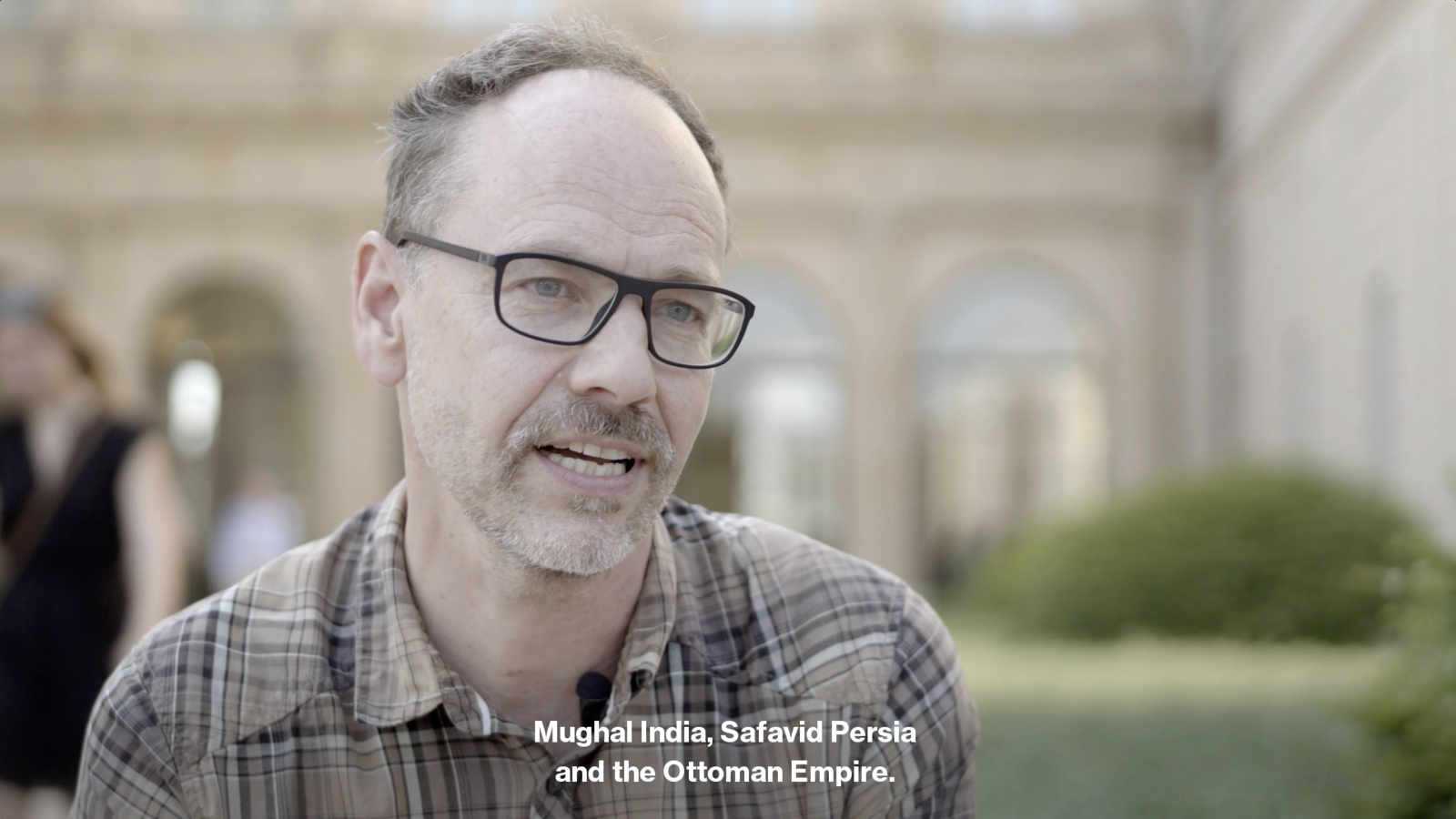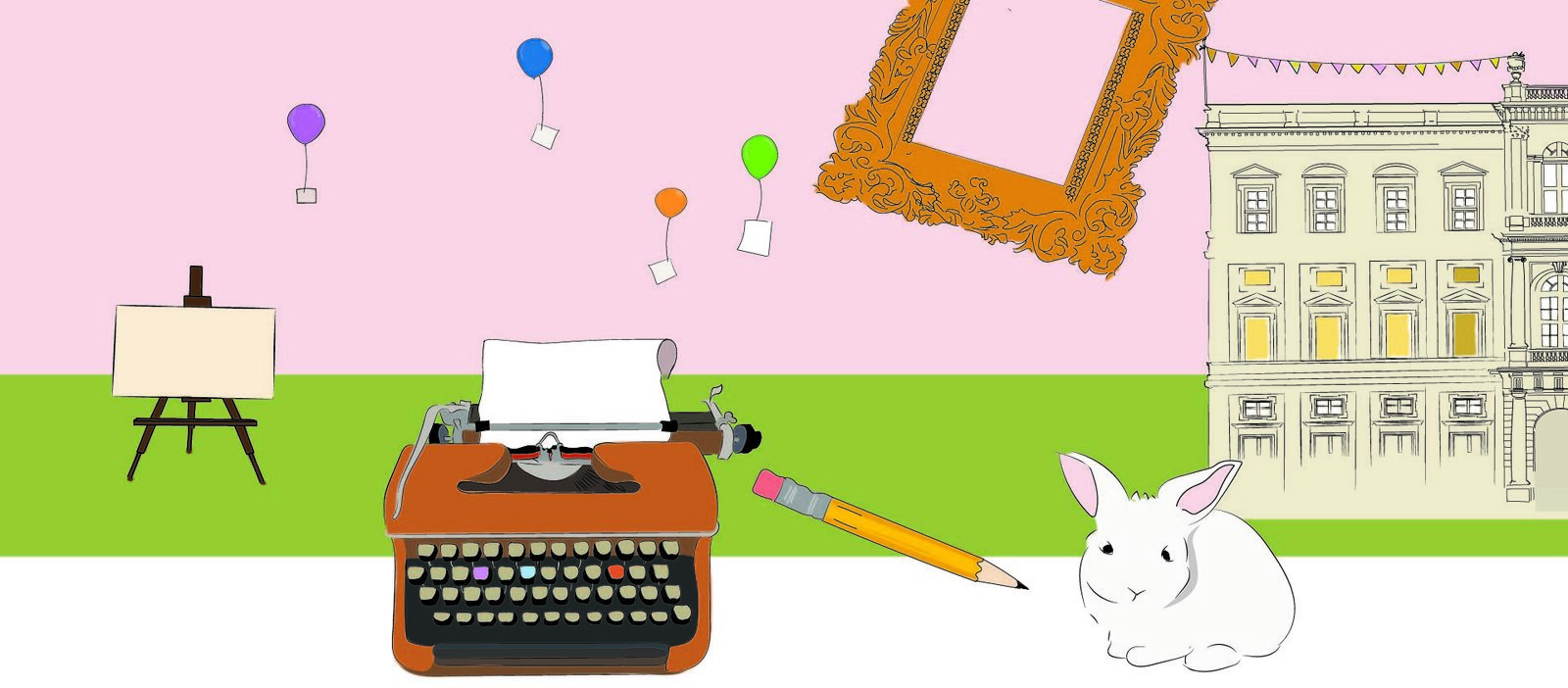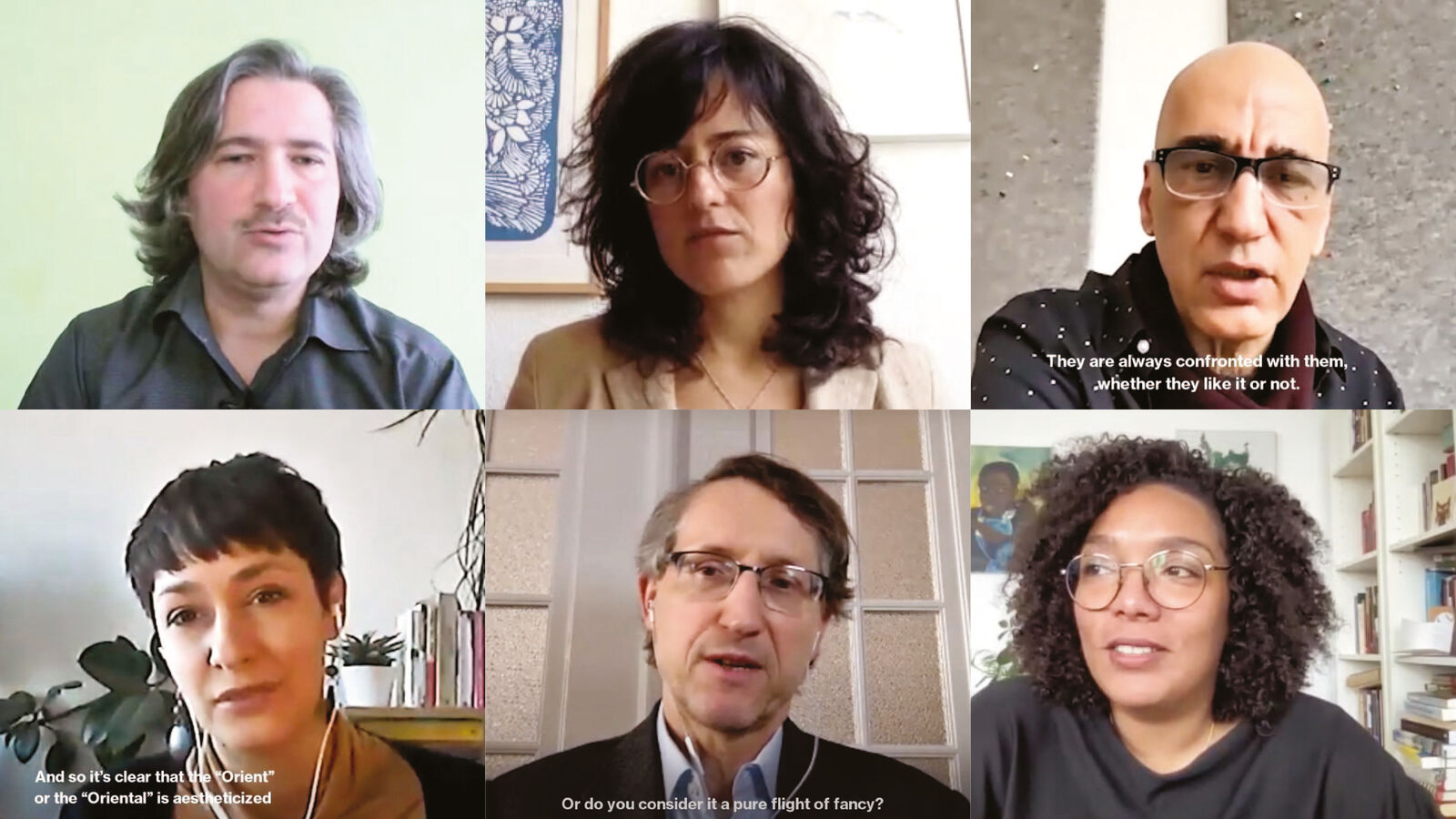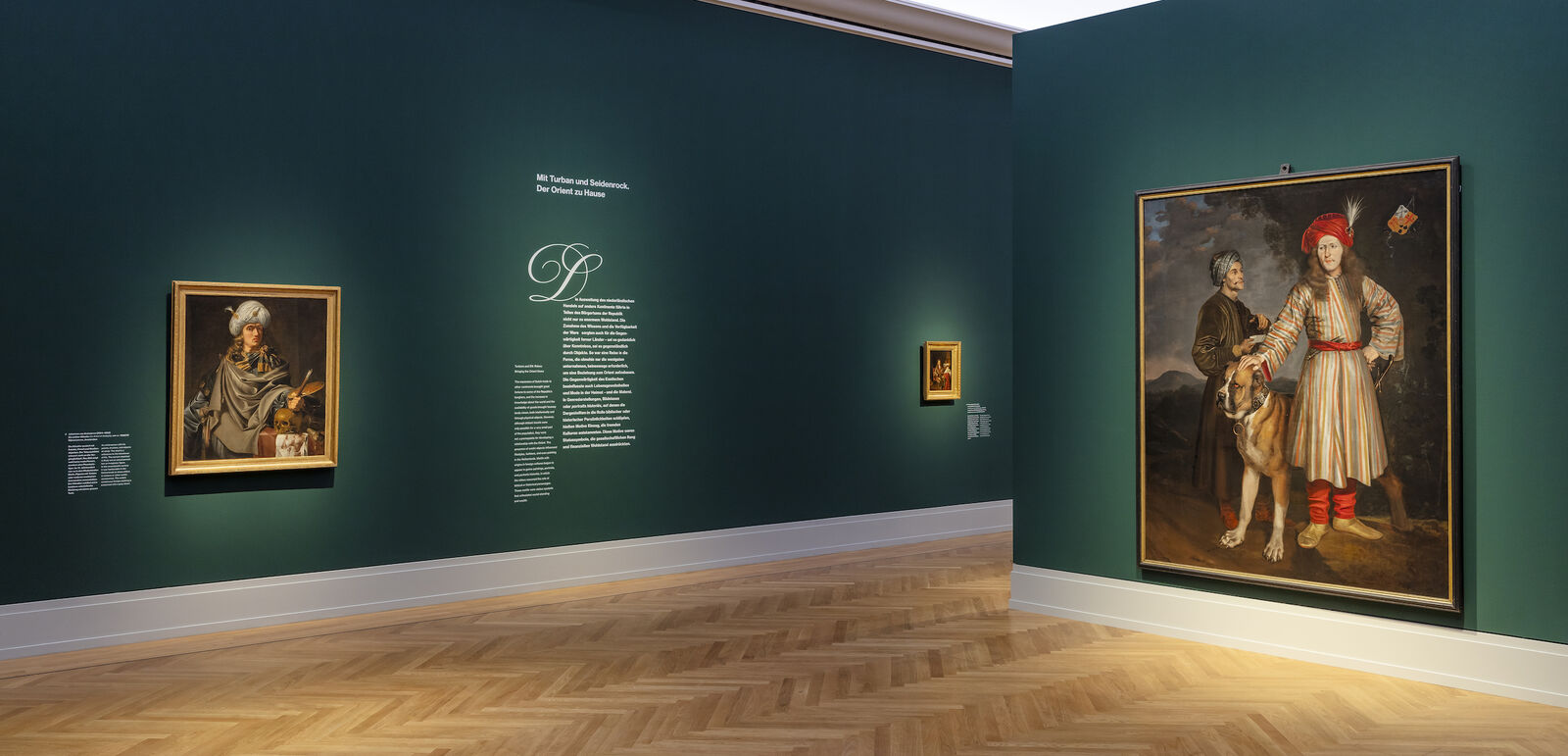
Rembrandt’s Orient
West Meets East in Dutch Art of the 17th Century
With 110 works including masterpieces by Rembrandt, Ferdinand Bol, Jan van der Heyden, Willem Kalf, Pieter Lastman, and Jan Lievens, the exhibition Rembrandt’s Orient (March 13 – July 18, 2021) examined how the painters of the Dutch Golden Age reacted to the regions of the Middle and Far East—known collectively as the “Orient” in the language of that era.
Rembrandt and his Dutch contemporaries were fascinated by the distant lands from which a great number of novel goods were imported beginning in the seventeenth century. The enthusiasm for things foreign became fashionable and resulted in a new type of art that combined painted realism with idealized images and fantastical projections. Paintings illustrating biblical stories were also enriched with exotic elements. From today’s perspective, the drawbacks of this way of appropriating the world are apparent: the imbalance of power between cultures that was manifest in slavery, violence, exploitation ,and trade wars was not represented.
This exhibition focused on how foreign lands were depicted in Rembrandt’s age, at a time when the Levant, the eastern Mediterranean region, and Asia were known collectively as “the Orient.” The Eurocentrism that resulted from the movement of Orientalism in the nineteenth and twentieth centuries has contaminated this term today; the possessive form used in the exhibition title, Rembrandt’s Orient, indicates that the show is concerned with the ideas then associated with the term.
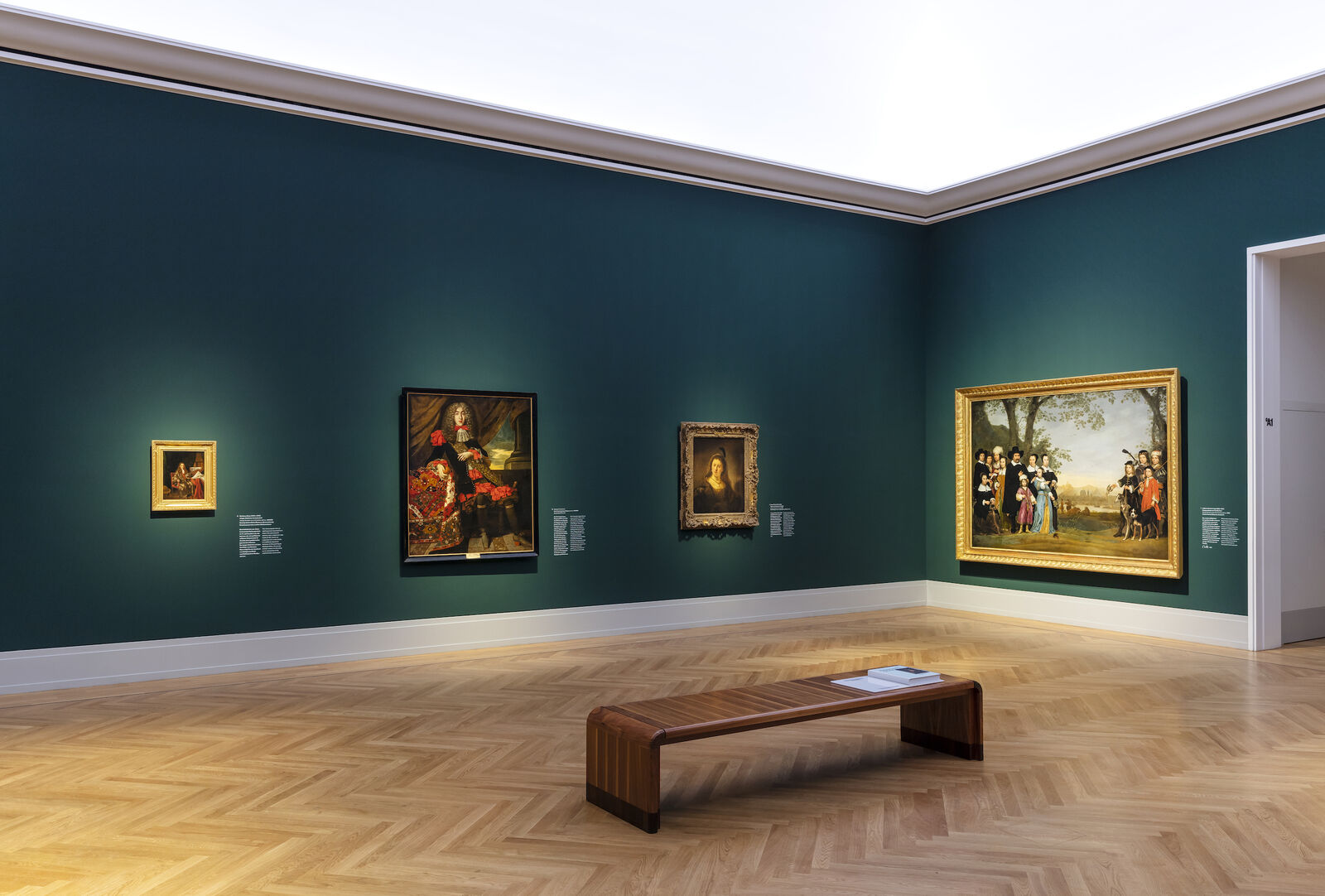
David von Becker
The “Orient” and “Oriental” style were a construct of props, stereotypes, and imagination. Although foreign things were prized and integrated into the lifestyle of Dutch burghers, their interest reflected the prestige associated with the objects rather than a genuine interest in the cultures that produced them, and the items were valued as a treasure trove of motifs. The “meeting” of the East and the West did not take place on equal terms—and this attitude has not changed to this day in many parts of the Western world. The topicality of this exhibition lies in the opportunity to challenge this enduring attitude of Eurocentrism.
The more than fifty international lenders included the Rijksmuseum, Amsterdam; the Gemäldegalerie Alte Meister, Staatliche Kunstsammlungen, Dresden; the Prado, Madrid; the National Gallery of Art, Washington, D.C.; the National Gallery, London; and the Kunsthistorisches Museum, Vienna.
An exhibition of the Museum Barberini, Potsdam, in collaboration with the Kunst- museum Basel, under the patronage of His Excellency Wepke Kingma, Ambassador of the Kingdom of the Netherlands in Germany. Due to the pandemic, the Potsdam venue of the exhibition, which had been planned for summer 2020, was postponed until spring 2021. The exhibition was shown in Basel from October 31, 2020, to February 14, 2021.
Retrospect
Around 46,000 visitors attended the exhibition despite the coronavirus pandemic. 18exhibition weeks planned, 11exhibition weeks opened. The exhibition was accompanied by a comprehensive events and education program, including online talks and lectures, guided outdoor tours and virtual live tours of the Rembrandt exhibition using the 360-degree camera views of the galleries. More than 360 live tours with approximately 20,000 participants from all over the world took place: In a live zoom conference, art historians guided groups of up to 250 participants through the 360-degree camera views of the galleries, giving them the opportunity to see both the gallery rooms in total as well as singleworks. In filmed Expert Talks, international Rembrandt experts discussed how the painters of the 17th century reacted to the regions of the Middle and Far East that they experienced through trade, travel, andpublications. Interviews were held with Gary Schwartz, the guest curator of the exhibition, Jan de Hond, Rijksmuseum, Arnoud Vrolijk, University Library, Leiden, historian Roelof van Gelder, and journalist Erik Spaans. Additionally, a conversation series by Museum Barberini curator Michael Philipp looked at current aspects of Eurocentrism. His conversation partners were Stephanie Archangel, Rijksmuseum, Tahir Della, Initiative for Black People in Germany, Renata Motta, Freie Universität Berlin, Anna von Rath, Postcolonial Potsdam, and Kadir Sancı, University of Potsdam. 6.6m users were reached on all Museum Barberini social media platforms.
Media Partners
ARTE
Der Tagesspiegel
Potsdamer Neueste Nachrichten
rbb Kultur
tip Berlin
Yorck Kino

